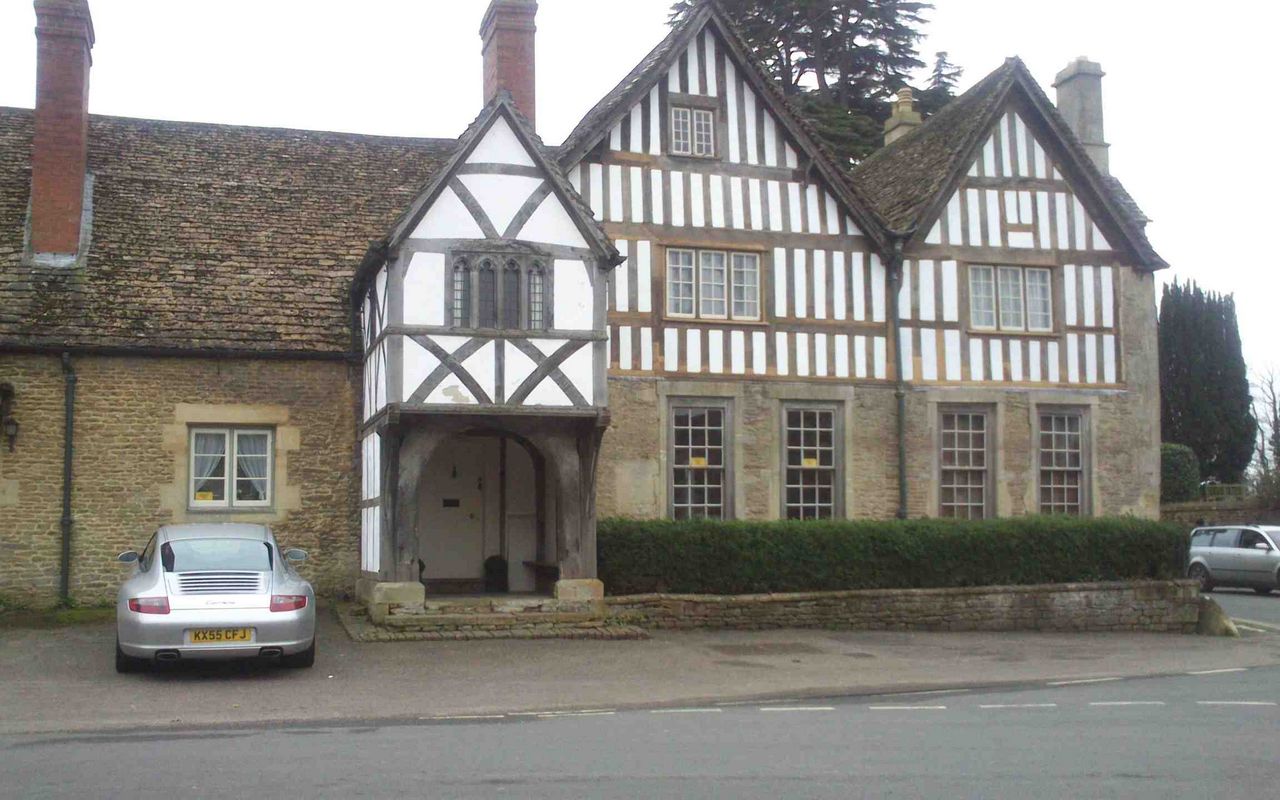Need to change doors and windows, new rooflights or dormers?
Upgrading or replacing doors and windows in a historic building requires careful consideration of historic authenticity and architectural style. For instance, repairing original features or recreating them like-for-like is often preferable to installing modern units. When making changes to doors and windows, it is important to source materials that match the original design as closely as possible. Working with skilled craftspeople who specialise in traditional techniques can help ensure that any alterations maintain the building’s historical accuracy while improving energy efficiency and functionality.
In my experience, these considerations are as important for the individual property as its wider setting because incremental changes of historic features can reduce heritage value. For example, poor choices can damage the property itself if damp issues are already in evidence and incremental changes to multiple properties can result in conservation areas being registered as ‘At Risk’.
Understand the current condition
Altering historic doors and windows on listed buildings affects the character of buildings and surroundings. One of the most important steps to understanding the best options for your property is to conduct a detailed condition survey. That work is followed by a heritage impact assessment to identify the significance of existing doors and windows and the effect any changes could have. It will also establish whether expert advice should be sought to understand any special glass types, joinery methods, or decorative elements requiring conservation.
For improved performance, secondary glazing systems or draft-proofing are often recommended as preferable to replacing historic windows. Similarly, repairing original doors or recreating them like-for-like is preferable to installing modern units or installing double glazing. Any changes in door and window openings or overall arrangement typically require listed building consent to safeguard the design integrity.
Consider glazing options
In some cases, secondary glazing systems or draft-proofing may be recommended over entirely replacing historic windows. This is particularly true where thermal bridging cannot be overcome. For example, the thermal bridging that occurs across small and multiple panes in mild steel or wrought-iron framed windows will not be resolved by replacement with double- or triple-glazing, to match. At Gregories Road, Beaconsfield, for example, thermal bridging could not initially be overcome through replacement due to the thermal bridging that occurs across small and multiple panes in mild steel or wrought-iron framed windows. However, secondary glazing overcomes this problem. A further advantage of secondary glazing is the ability to maximise soundproofing in addition to retaining heat by varying the gaps between the panes of glass.
When replacements are necessary due to deterioration and known to perform as well as if not better than the originals, sourcing materials and designs to precisely match the originals is paramount. This may involve using timbers from appropriate sustainable sources or reinstating historic moulding profiles and glazing patterns accurately. Experienced joiners with traditional skills should undertake this work, utilising historically-appropriate construction methods.
Any changes to the units themselves or door and window openings and their overall arrangement typically require listed building consent to safeguard the heritage asset’s design integrity. Consulting with conservation officers and seeking expert advice is essential to ensure compliance and respect for the building’s unique character.


No Responses